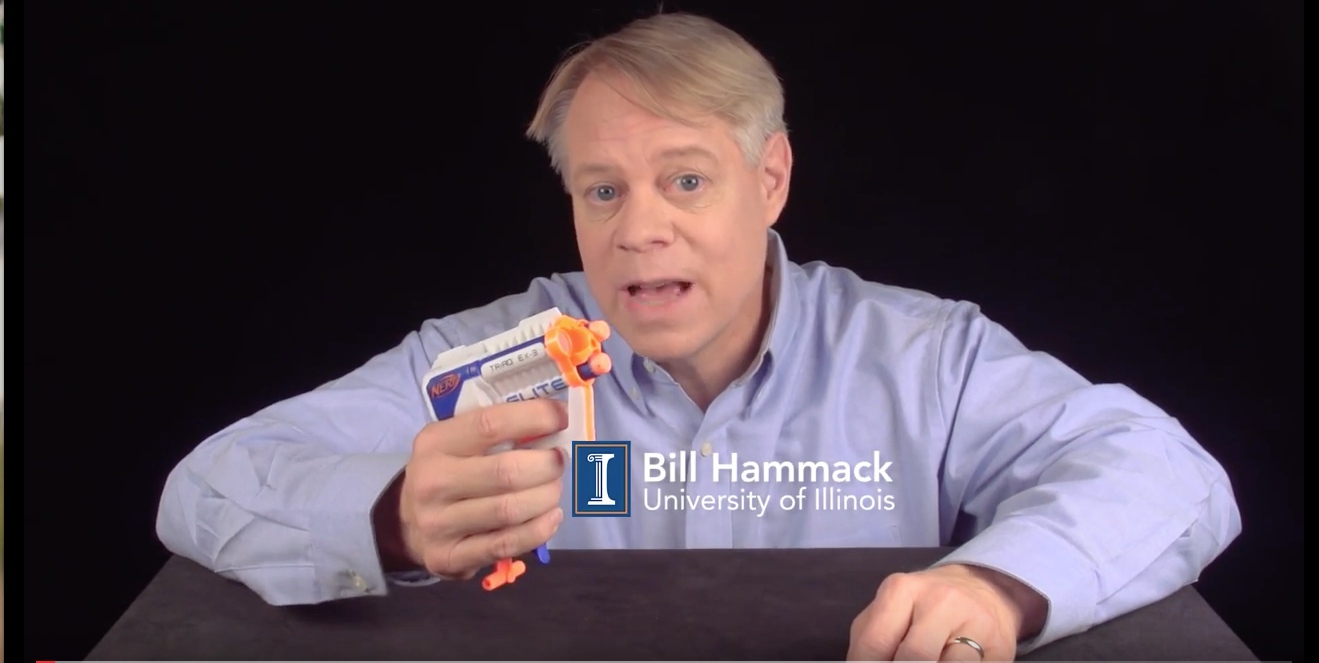From here on earth the night sky seems like a distant flat surface painted with countless glowing specks of light. The reality, as we know, is that space is three dimensional. Stars that form the constellations, like the big dipper, are not aligned in a convenient plane that forms a somewhat familiar object. If you could travel several million light years to the left or right, what might they look like?
Turns out Finnish Astronomer J-P METSAVAINIO has done that [sort of] to create some amazing animations of what nebulae would look like if you could fly around them in a very fast spaceship.

Where can I get that spaceship?!?!?
For those of us who grew up watching Star Trek, particularly The Next Generation, the logical conclusion is that J-P METSAVAINIO has invented FTL (Faster Than Light) space flight and took a camera out to space to film some fly-bys. The reality is much less spectacular, but no less awesome. Ok maybe a little less awesome.
To create these 3D images he does some technical analysis of the image and stars and known distances and spacial scales to create a 3D model of everything in the image. This allows him to create the Parallax information without traveling halfway across the galaxy.
How accurate the final model is, depends how much I have known and guessed right. The motivation to make those 3-D-studies is just to show, that objects in the images are not like paintings on the canvas but really three dimensional objects floating in the three dimensional space. This generally adds a new dimension to my hobby as an astronomical imager. Read More on Petapixel
What is Parallax?
Simplest explanation is: finger sausage. Hold up your two index fingers 4 to 6 inched in front of your nose so they are just touching. Move them forward or back until you see a magical floating finger sausage between your two fingers. WHERE DID THIS COME FROM!?!?!?!?!?
Don’t worry, that’s just parallax. Your eyes see the world differently. Your left eye sees your whole left finger and most of your right. The rest is blocked by your nose. Your right eye sees all of your right finger and most of the left. Those tho semi fingers overlap and your brain stitches the images together, poorly, and shows you a floating sausage finger. Better Explanation below:

Parallax is a displacement or difference in the apparent position of an object viewed along two different lines of sight, and is measured by the angle or semi-angle of inclination between those two lines.[1][2] The term is derived from the Greek παράλλαξις (parallaxis), meaning “alteration”. Nearby objects have a larger parallax than more distant objects when observed from different positions, so parallax can be used to determine distances. Wikipedia
What is a Nebula?
Simple answer: a nebula is a vast cloud of gas (on the scale of light years, not miles), mostly hydrogen, where new stars are formed. These appear all over the galaxy and are visible to the naked eye, though they look like stars. The Orion Nebula, also known as Messier 42, can be seen in the constellation Orion. It is the brightest nebula as seen from Earth. It is the bright spot in the lower middle of the image below.
A nebula (from Latin: “cloud”;[1] pl. nebulae or nebulæ, with ligature or nebulas) is an interstellar cloud of dust, hydrogen, helium and other ionized gases. Originally, nebula was a name for any extended astronomical object, including galaxies beyond the Milky Way. The Andromeda Galaxy, for instance, was referred to as the Andromeda Nebula before galaxies were discovered by Edwin Hubble. Nebulae are often star-forming regions, such as in the Eagle Nebula. This nebula is depicted in one of NASA’s most famous images, the “Pillars of Creation”. In these regions the formations of gas, dust, and other materials “clump” together to form larger masses, which attract further matter, and eventually will become massive enough to form stars. The remaining materials are then believed to form planets, and other planetary system objects. [Wikipedia]
Video tour of the Nebulas
You can take a video tour of some spectacular Milky Way nebulas on J-P Metsavainio’s YouTube Channel, which you should subscribe to. Check out the playlist I made below, which you should also subscribe to.
-Mike
Sources:
- Wikipedia: Nebula, Parallax, Orion Nebula
- Petapixel
- Gizmodo
- It’s Okay To Be Smart












Add comment